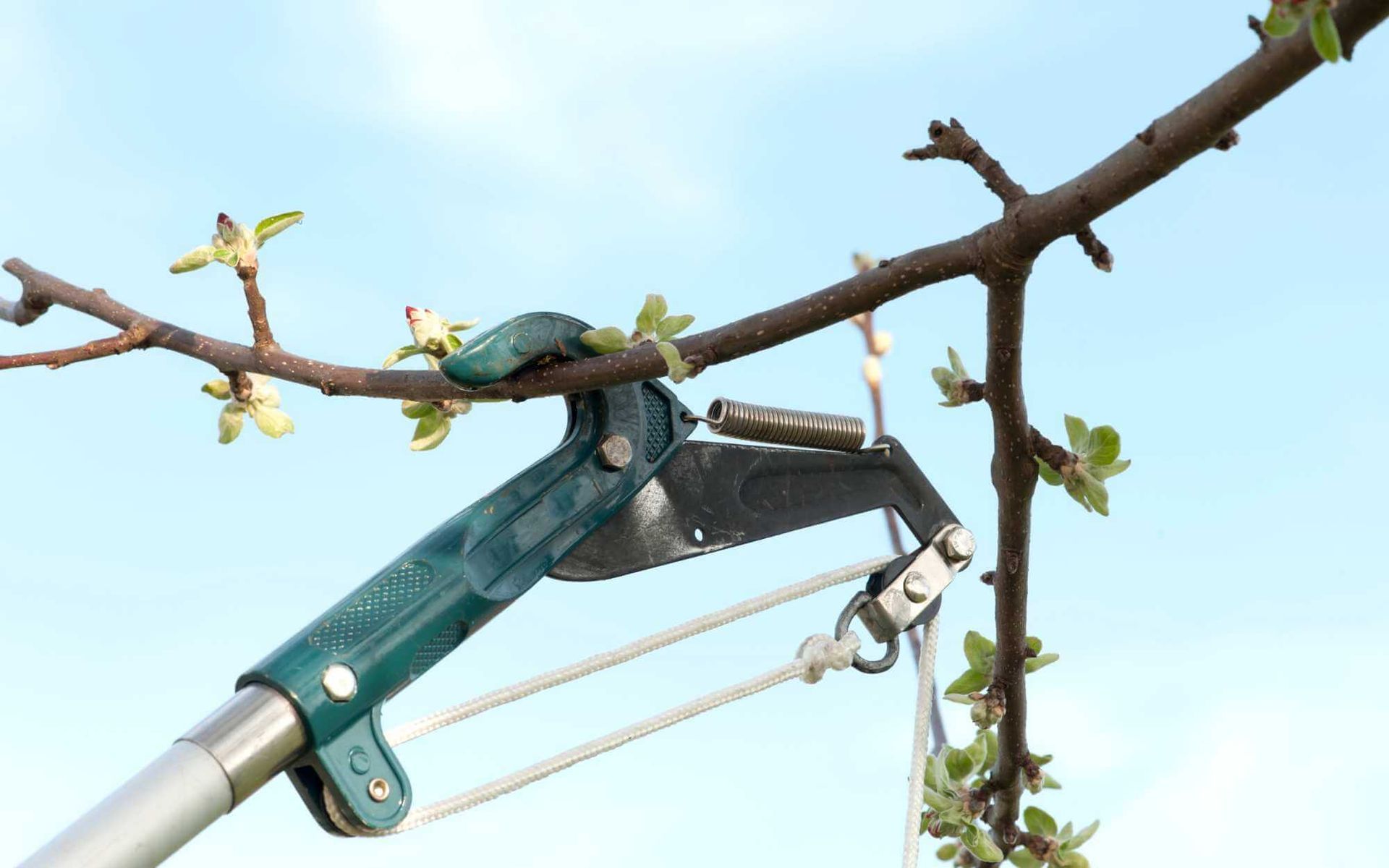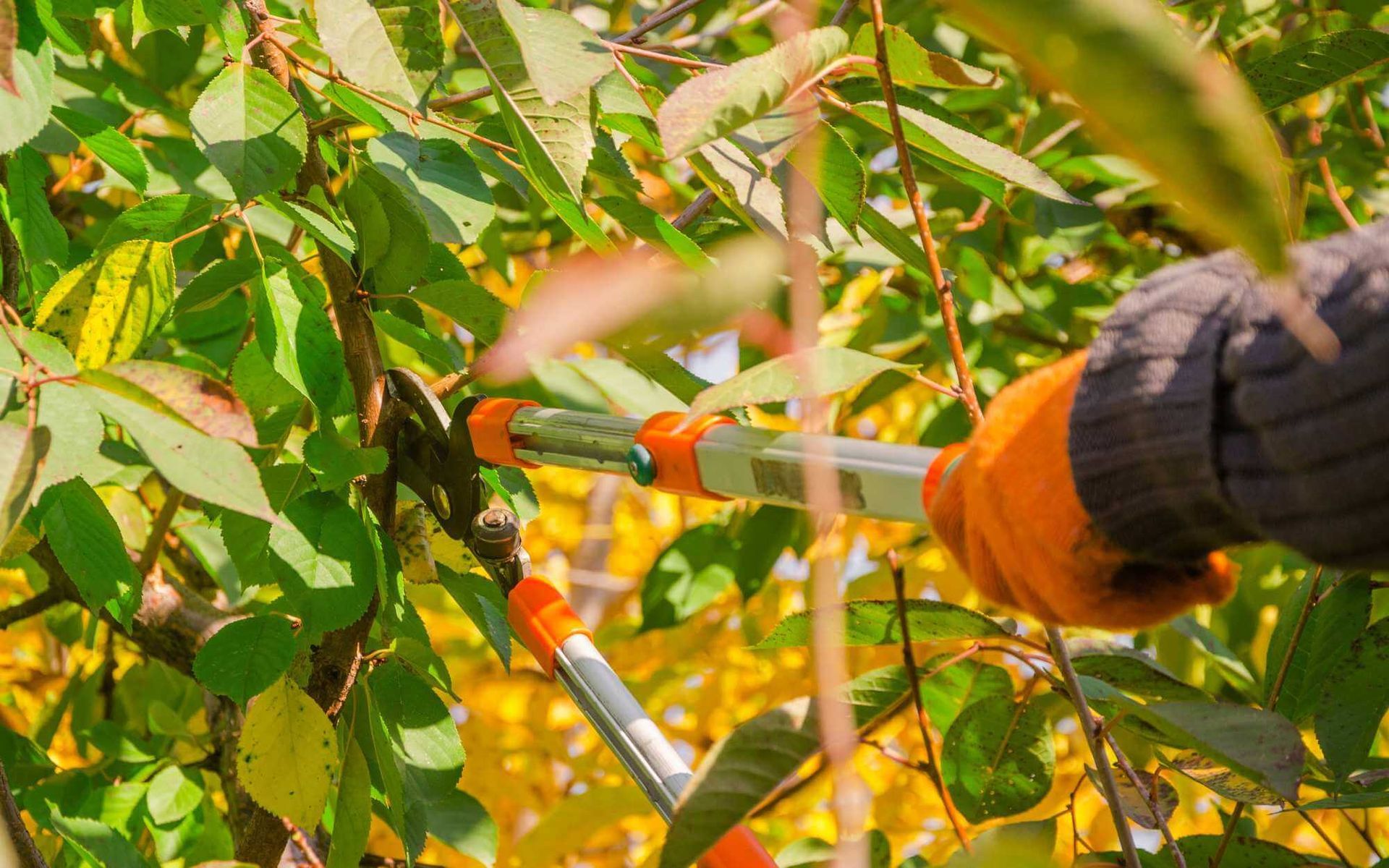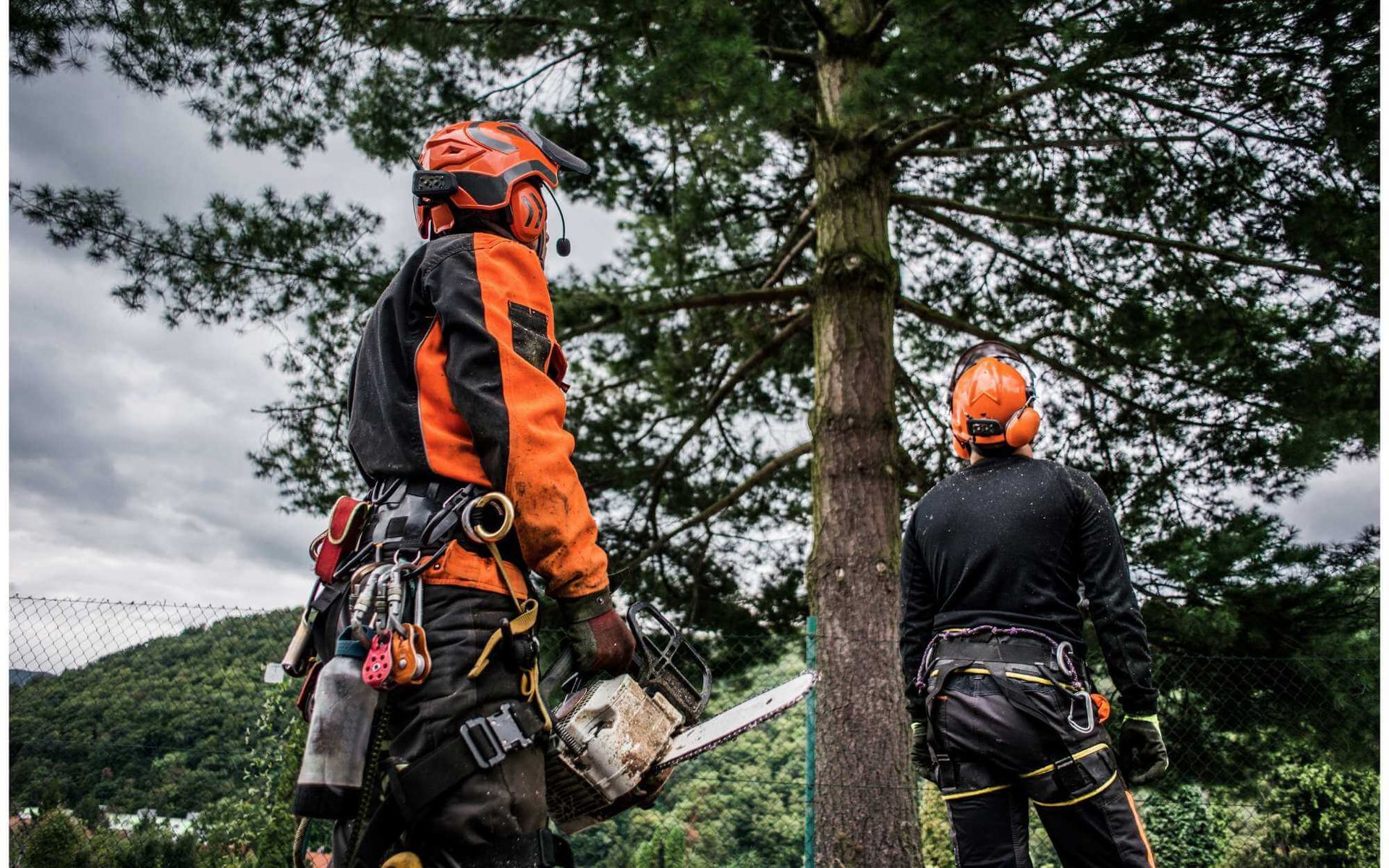From Bud to Blossom: DIY Essentials for Pruning Fruit Trees
PUBLISHED ON
SHARE THIS ARTICLE

Hello, fellow DIYers! Welcome to your comprehensive guide to the art and science of pruning for a thriving home orchard.
Pruning is more than just a cosmetic exercise for your trees—it's a vital practice that can significantly boost your trees' health, vitality, and productivity. When done correctly, pruning makes way for sunlight to penetrate, air to circulate, and nutrients to distribute evenly, fostering optimal growth conditions that lead to bountiful, high-quality fruit harvests.
Join us as we delve into the essentials of pruning, equipping you with the knowledge and tips to make your fruit trees the envy of the neighborhood!
Pruning for Beginners: The Basics
Fruit tree pruning is like giving them a fancy haircut that helps them grow better and produce more yummy fruit. It lets more sun and air reach the inside parts of the tree, helps the tree's food and water move around better, and can even keep your tree from getting sick.
Here's a quick look at the different ways you can give your trees their snazzy new 'dos:
Thinning cuts: This is when you remove a whole branch or twig. It's like thinning your hair to reduce bulk and let your scalp breathe!
Heading cuts: This is when you chop off part of a branch or twig. It helps your tree grow bushier, like getting layers in your hair.
Sucker and watersprout removal: This is when you get rid of growths that spring up at the base of the tree or from branches. They're like the split ends of a tree—they take up resources but don't bear fruit.
As for when to prune, the best time is usually late winter or early spring, just before the new growth starts. But remember, each type of fruit tree may have its special timing!
Essential Tools for Pruning

To prune fruit trees effectively, you'll need the following tools:
Hand Pruners: Hand pruners are ideal for cutting branches up to 1 inch in diameter. Choose bypass pruners for a clean cut; Felco and ARS brands are renowned for their durability and performance.
Loppers: For branches up to 2 inches in diameter, loppers provide the extra leverage needed. Fiskars' gear-powered models reduce the effort required.
Pruning Saw: For larger branches, a pruning saw is essential. Silky's folding saws are highly regarded for their sharpness and reliability.
Pruning Paint: To protect pruned sites from disease and insects, consider a good quality pruning paint like Tanglefoot Tree Wound Pruning Sealer.
Always ensure your tools are clean and sharp for the best results and remember safety - wear gloves and protective eyewear, especially when working with larger branches.
Step-by-Step Pruning Guide
- Inspect the Tree: Begin by examining your tree's overall structure. Look for dead or diseased branches, those growing inwards or crossing others, and suckers or water sprouts.
- Start Pruning: Using your hand pruners, make thinning cuts on branches less than 1 inch thick. Use loppers for thicker branches and a pruning saw for those larger than 2 inches. Always cut close to a bud or branch, at a 45-degree angle.
- Thin Out: Remove about a third of the tree's branches. Prioritize those that block light to the tree's interior.
- Shape the Tree: For apple and pear trees, aim for a central leader shape, with the central branch tallest. For peaches, plums, and cherries, an 'open center' shape is best, resembling a wine glass.
- Apply Pruning Paint: Coat your cuts with pruning paint to protect them from disease and insects.
- Clean Up: Gather and dispose of cut branches—do not compost diseased wood.
Common Pruning Mistakes to Avoid

Many DIYers make several common mistakes while pruning fruit trees.
One such error is over-pruning, where too many branches are removed, potentially stunting the tree's growth.
Another is incorrect timing, pruning at the wrong time can stimulate unwanted growth or expose the tree to pests and diseases.
Neglecting tool maintenance and using dull or dirty tools can lead to rough cuts and infections.
Finally, improper cutting, like leaving stubs or making flush cuts without leaving the branch collar, can disrupt the tree's natural healing process.
Avoid these pitfalls by learning about your tree's specific pruning needs, pruning moderately, timing correctly, and maintaining clean, sharp tools. Always cut just outside the branch collar, at a 45-degree angle.
Maintenance and Aftercare
Post-pruning proper care is essential to ensure your tree's health and successful growth.
Start by fertilizing; this aids in recovery and promotes new growth. Use a balanced fertilizer, rich in nitrogen, phosphorus, and potassium. Disease prevention is also crucial.
Regularly inspect your trees for signs of pests or disease, and consult with a local extension service if you notice anything unusual. Ongoing maintenance, including regular watering and annual pruning, keeps trees healthy and productive.
Remember, each tree species may require slightly different care—so invest time in learning about your particular trees to guarantee they thrive.
Unleash your pruning skills on fruit trees!
Whether you're growing an apricot, fig, or apple tree, pruning is vital to their health and fruit production. It helps sunlight and air penetrate deeply, facilitates nutrient circulation, and eliminates potential disease sources. Armed with the right tools and techniques, you can give your trees the attention they deserve.
Remember to prune correctly and at the right time, avoid over-pruning, and always keep your tools clean and sharp.
Now, apply this knowledge, nurture your trees, and watch them flourish. The fruits of your labor will be a bountiful harvest and the satisfaction of mastering a new gardening skill. Enjoy!
Want a free quote or some friendly advice? Call our team today:






